What's the Average Profit of Garlic Farming per Acre? (2023)
In 2019, the global garlic market was valued at $16.3 billion; by 2027, its value is expected to reach $24.9 billion. With these forecasts presented, let's explore the current state of the garlic farming industry as of this year, 2023, and provide insights into the average profit you can expect to make per acre.
One acre of land usually produces 10,000 to 20,000 pounds of garlic, which can be sold at $2 per pound. If an acre of land can produce 9 tons or 18,000 pounds of garlic, a farmer can earn an average profit of $28,000 per acre. Some growers, however, can make up to $40,000–$80,000 per acre annually.
The profitability of garlic farming can be affected by the type of garlic being grown. Gourmet garlic can sell for up to $25 per pound, while traditional garlic may only sell for $1 to $2 per pound. This difference in pricing can affect your expected average profit per acre. Let us learn below what other factors can affect the profitability of garlic farming.
Summary
- Garlic farming is a profitable business venture because these crops can be planted all year, are easy to plant, and require little maintenance.
- Some factors that affect the profitability of garlic farming include the quality of the cultivar or seed planted, the amount of fertilizer being used, the efficiency of managing pests and diseases, and the market demand for garlic.
- If you want to earn more from garlic farming, choose a variety that has little competition, such as gourmet garlic. It can fetch premium prices and is sought-after by restaurants.
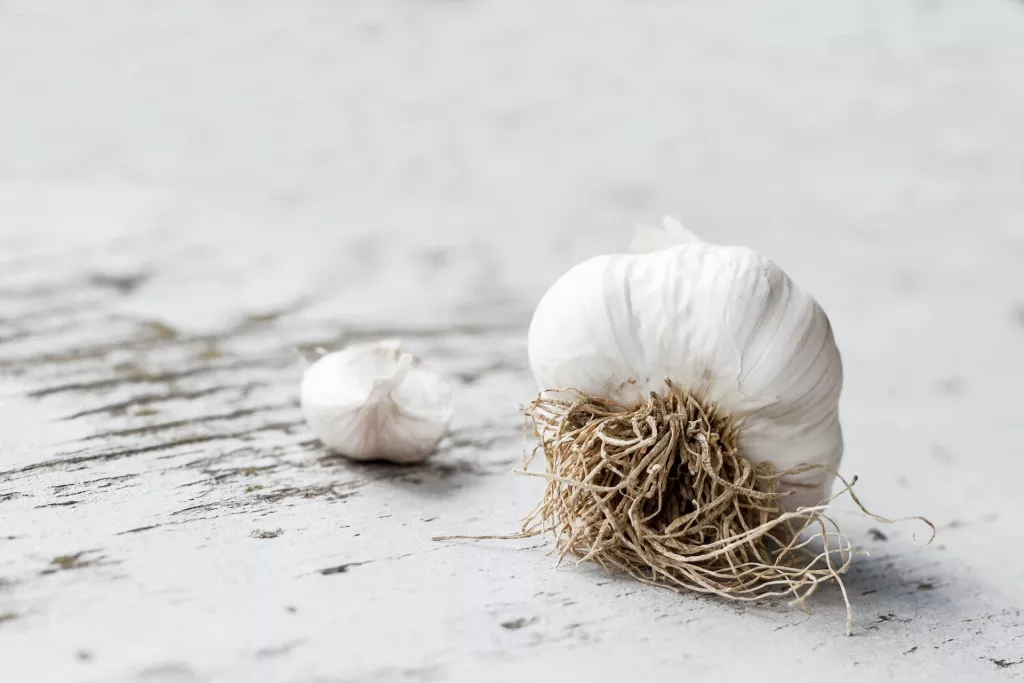
On this page:
Average Profit per Acre of Garlic In 2023
Garlic farming can be a profitable business if you have the right resources, knowledge, and skills. It can generate a high profit per acre, making it a popular specialty crop among farmers.
When calculating the profit per acre in garlic farming, there are three main considerations: the total production costs, the price per pound of garlic being grown, and the average yield of garlic from each acre.
Below is a table that breaks down the production and operational costs of starting a garlic farm based on the scale of the farm:
| Cost Item | Small Scale Garlic Farm (1 acre) | Medium Scale Garlic Farm (5 acres) | Large Scale Garlic Farm (20 acres) |
|---|---|---|---|
| Land Preparation | $500 - $1,000 | $2,500 - $5,000 | $10,000 - $20,000 |
| Seed Purchase | $500 - $1,000 | $2,500 - $5,000 | $10,000 - $20,000 |
| Labor | $1,000 - $2,000 | $5,000 - $10,000 | $20,000 - $40,000 |
| Irrigation | $500 - $1,000 | $2,500 - $5,000 | $10,000 - $20,000 |
| Fertilizers | $500 - $1,000 | $2,500 - $5,000 | $10,000 - $20,000 |
| Pest Control | $500 - $1,000 | $2,500 - $5,000 | $10,000 - $20,000 |
| Equipment (tractor, plow, etc.) | $2,000 - $4,000 | $10,000 - $20,000 | $40,000 - $80,000 |
| Miscellaneous (insurance, permits, etc.) | $500 - $1,000 | $2,500 - $5,000 | $10,000 - $20,000 |
| Total Cost | $6,000 - $12,000 | $30,000 - $60,000 | $120,000 - $240,000 |
One acre of land can produce over 15,000 pounds of garlic each year, but it can escalate between 10,000 - 20,000 pounds depending on environmental and management conditions as well as your final yield.
There are regional variations in garlic farming profitability. Some areas may have a higher demand for garlic and therefore higher prices, while others may have more competition and lower prices.
If you want less competition, you could opt to plant gourmet garlic, which includes varieties such as Purple Stripe, Rocambole, and Porcelain. These varieties can be more profitable than traditional garlic varieties and can be sold for up to $16 to $25 per pound.
On the other hand, traditional garlic may only sell for $1 to $2 per pound.
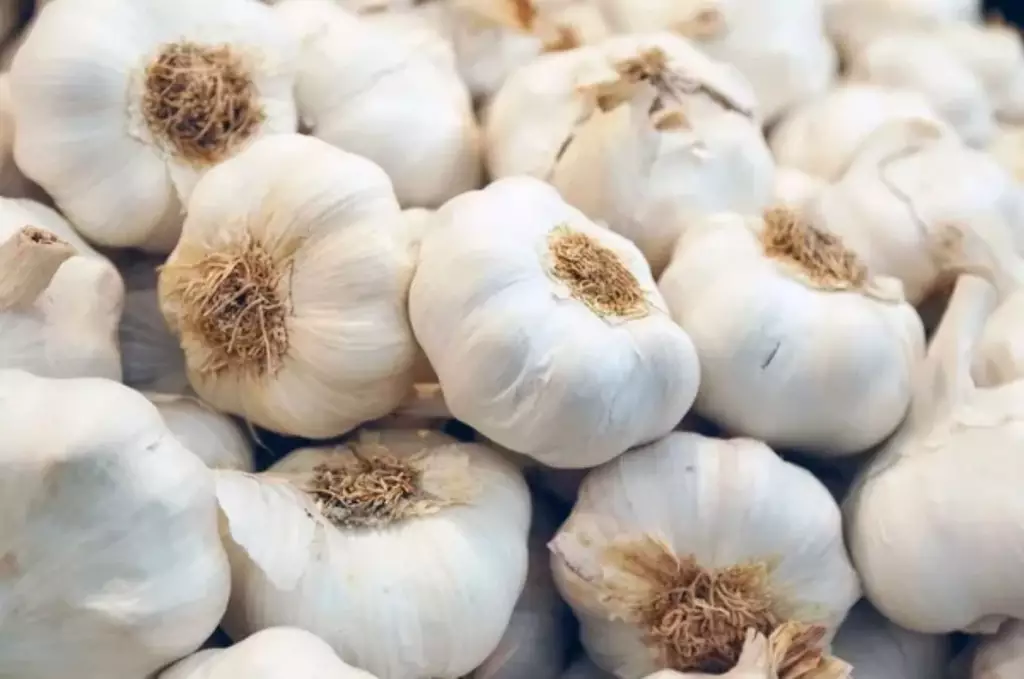
Let's calculate the average profit of garlic farming per acre
Let's assume that a garlic farmer has a medium-scale farm of 5 acres of traditional garlic, and the average yield per acre is 9 tons. The market price of traditional garlic is $2 per pound, and the farmer sells all his garlic for this price.
Total yield = Size of the land x Average yield of garlic per acre
Total yield = 5 acres x 9 tons per acre
Total yield = = 45 tons (Note: 1 ton = 2,000 pounds)Total revenue = Total yield x Current market price
Total revenue = (45 tons x 2,000 pounds per ton) x $2 per pound
Total revenue = $180,000Now, let's assume the total cost of production for the 5-acre farm is $40,000.
To calculate the profit per acre, subtract the total production cost from the total revenue. Then divide by the size of the land, or the number of acres, which in this case is 5 acres.
Profit per acre = ($180,000 - $40,000) / 5 acres
Profit per acre = $28,000Therefore, the average profit per acre for the garlic farm in this scenario is $28,000.
However, some growers are known to make up to $40,000 per acre of garlic every year by selling gourmet garlic, while others can earn up to $80,000 per acre every year.
According to recent statistics, the global garlic market was valued at $16.3 billion in 2019 and is projected to reach USD 24.9 billion by 2027, growing at a CAGR of 6.1% during the forecast period.
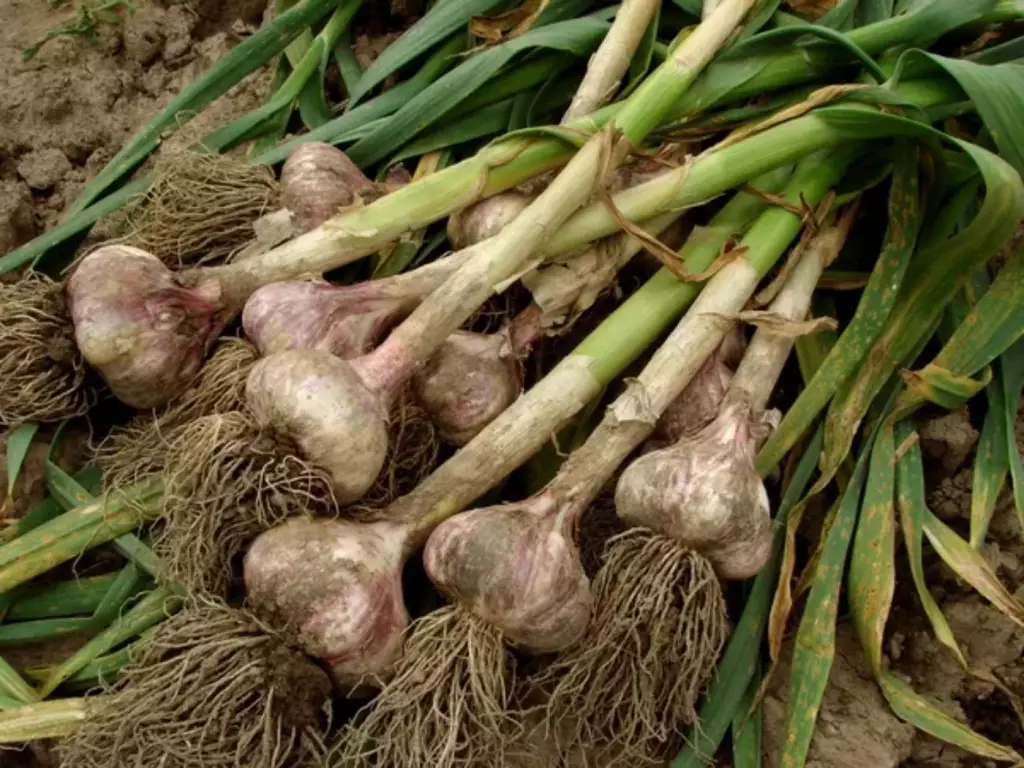
Aside from that, garlic is known to be an all-year-round crop, so you could expect to have an endless supply of these crops.
While the above data proves that garlic farming can be profitable, its profitability still depends on several factors, such as the type of garlic grown, the yield per acre, the selling price, and the cost of production. Additionally, garlic is susceptible to pests and diseases, which can affect yield and profitability.
To maximize profitability, you may need to implement careful management practices for your garlic crop and consider factors such as organic fertilizers, government payments, and fixed and variable costs.
How to Grow Garlic for Profit
Choose the right garlic variety
To maximize your profits, you may need to carefully choose the right garlic variety. You can sell garlic that isn't commonly found in grocery stores, like Amish white, Italian red, or Cuban purple varieties, for example.
These varieties can fetch a higher price as they are more flavorful and unique. You might also want to consider growing gourmet garlic, which is popular among chefs and food enthusiasts.
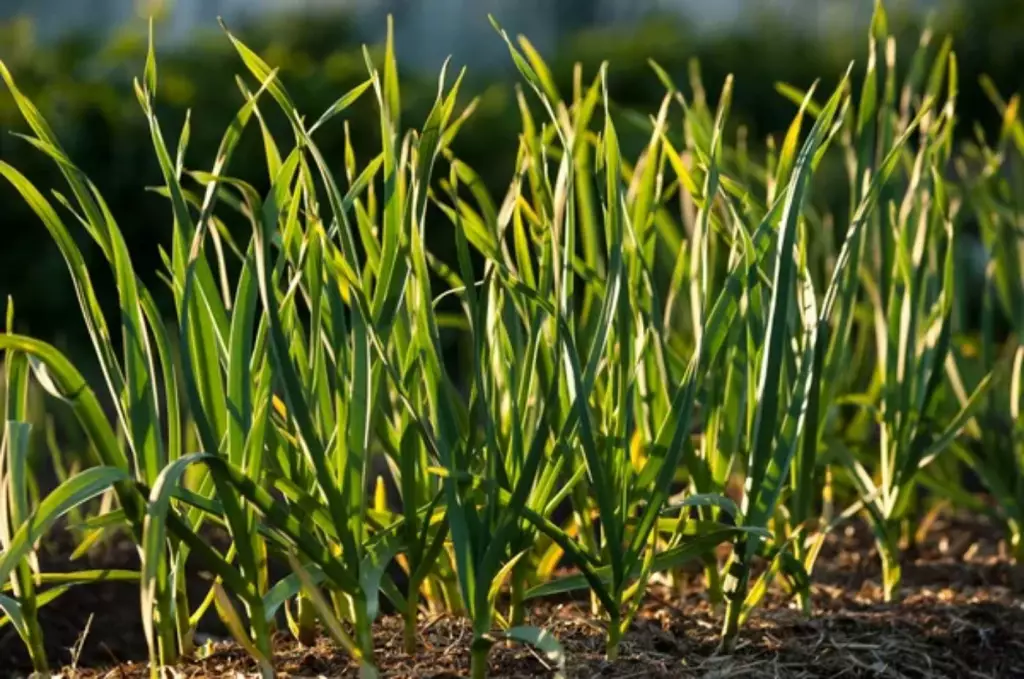
Prepare the soil for garlic farming
Garlic requires well-drained soil with plenty of organic matter. Before planting, you may need to test your soil to determine its pH level and nutrient content. Garlic prefers a pH between 6.0 and 7.0.
You may need to amend your soil with organic fertilizers like compost and manure to improve its nutrient content. Garlic also benefits from a layer of mulch to retain moisture and suppress weeds.
Planting and harvesting garlic
Garlic is typically planted in the fall, between September and November, in most areas. You can plant garlic cloves directly in the soil or in raised beds.
Try planting the cloves with the pointed end up, about 2 inches deep and 6 inches apart. Garlic requires about 1 inch of water per week, so make sure to irrigate your plants during dry periods.
Garlic is usually ready for harvest in late spring or early summer, once the leaves start to yellow and dry out. You can harvest garlic by pulling the entire plant out of the ground or by cutting the stem about an inch above the bulb.
After harvesting, you may need to dry them in a warm, well-ventilated area for several weeks before storing them.
Optimizing garlic yields
To optimize your garlic yields, you will need to provide your plants with the right nutrients and care. Garlic requires a balanced fertilizer with nitrogen, phosphorus, and potassium.
You can also consider using organic fertilizers like fish emulsion or bone meal. Garlic also benefits from regular weeding, pruning of scapes, and pest control.
Factors Affecting Garlic Farming Profitability
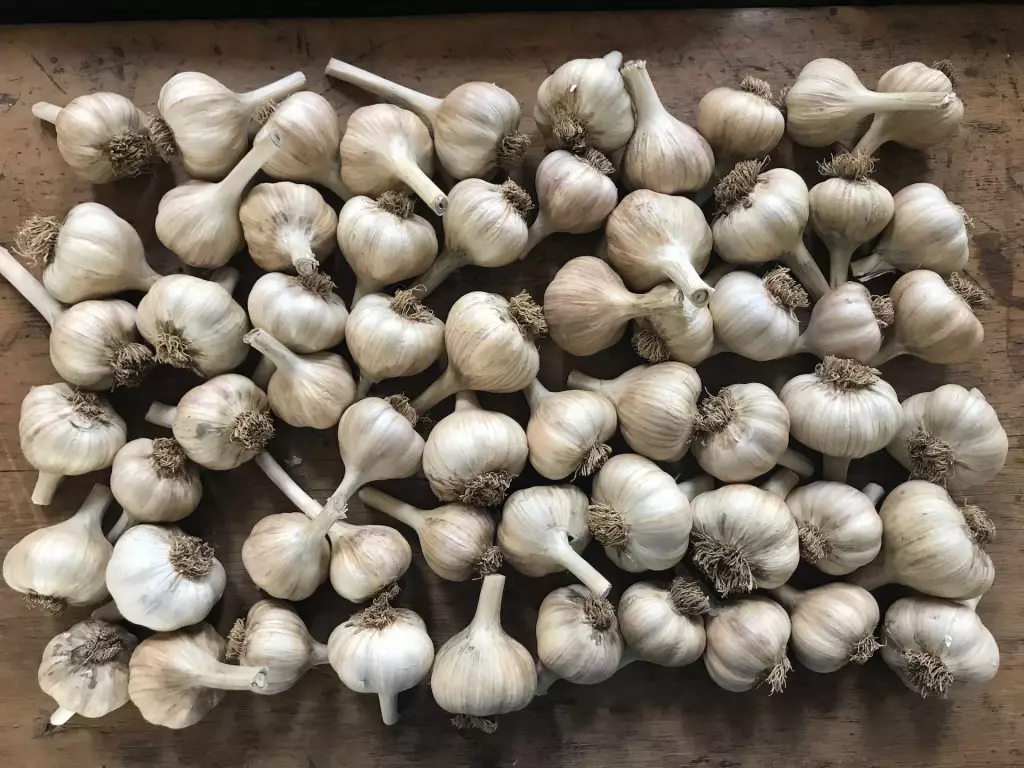
The cultivar and seed quality
The quality of garlic bulbs used for planting can affect yield and quality. High-quality bulbs produce larger and healthier plants that are more resistant to pests and diseases.
The correct amount of fertilizer used
Garlic requires adequate nutrients to grow and mature properly. You can use organic fertilizers or chemical fertilizers to provide the necessary nutrients. However, over-fertilization can lead to poor-quality bulbs and a reduced yield.
The efficient management of pests and diseases
Garlic is susceptible to several pests and diseases, including nematodes, thrips, and white rot. You can use pesticides and other chemicals to control pests and diseases, but it may increase your costs and affect the quality of your garlic.
The demand for garlic in the market
The demand for garlic can affect its price and profitability. You may need to do some research on the market demand for garlic in your area and choose cultivars that are in high demand.
Government payments
The government may provide payments or subsidies to farmers who grow certain crops, including garlic. You could research the available government payments and subsidies for garlic farming in your area.
Here is a guide on some of the small farm grants available in the US which you may apply for.



